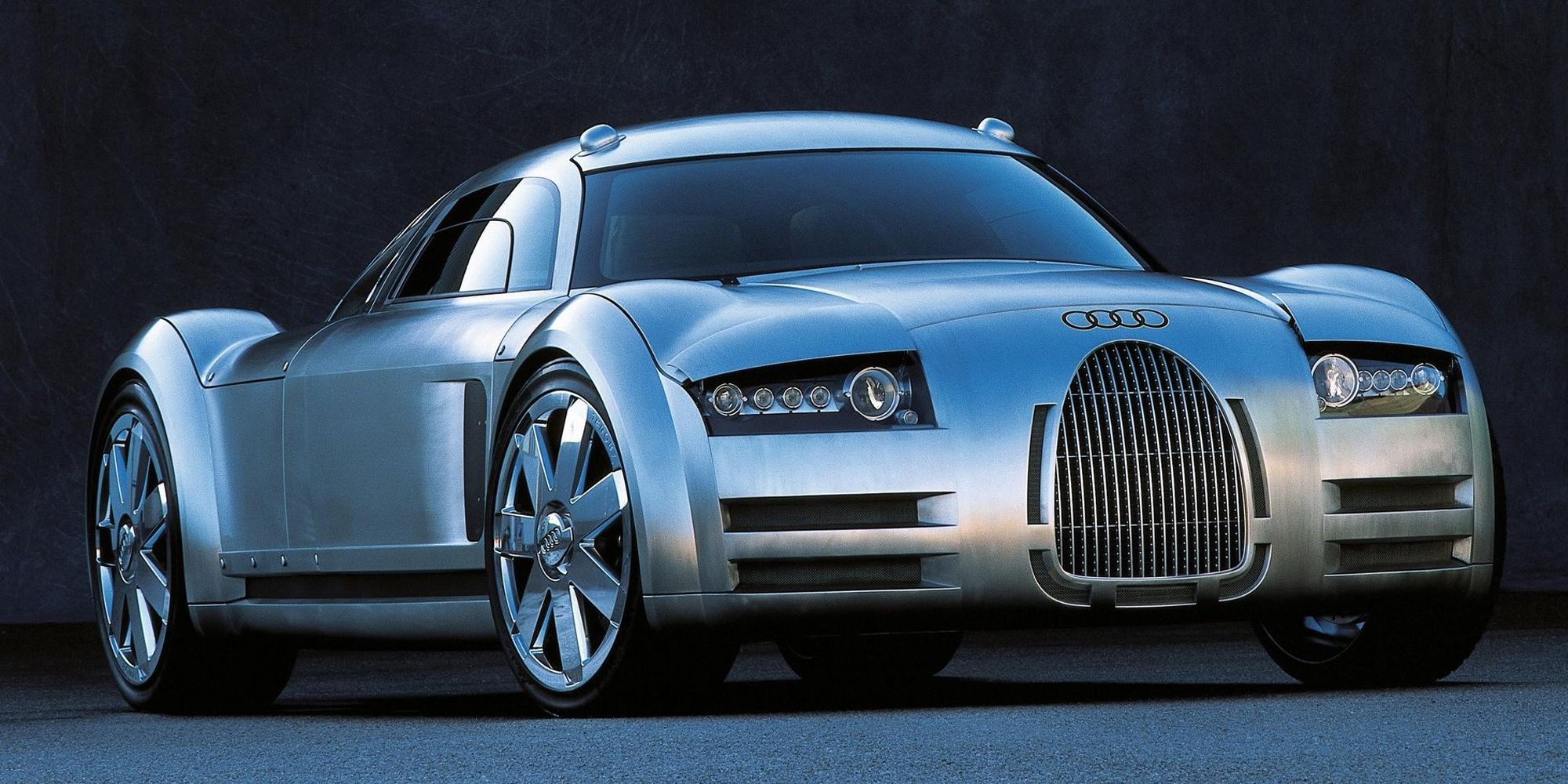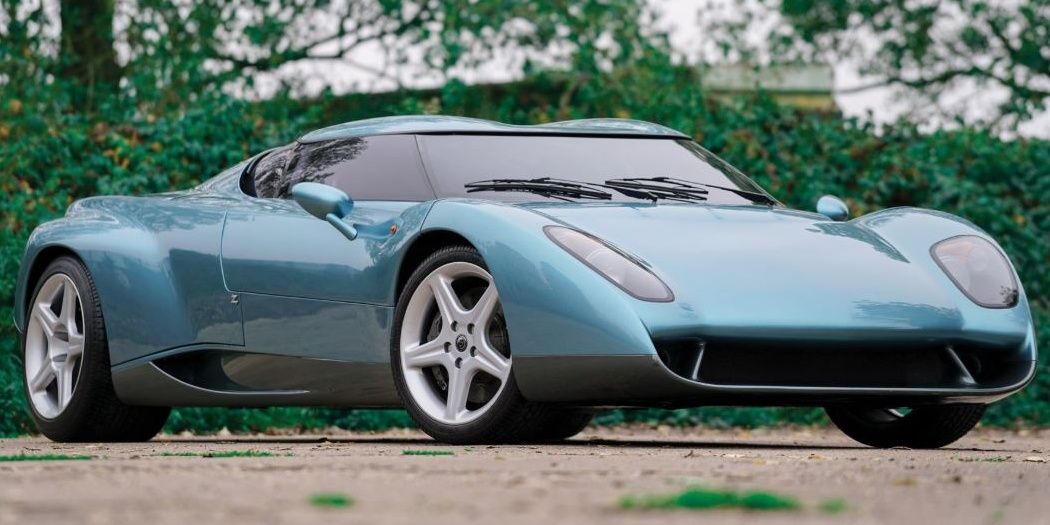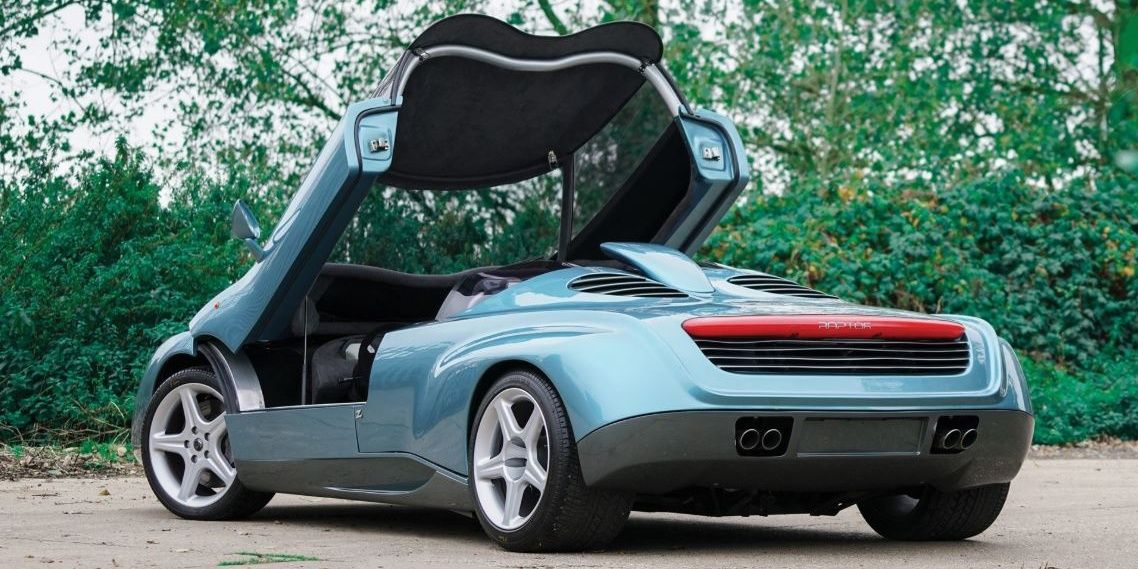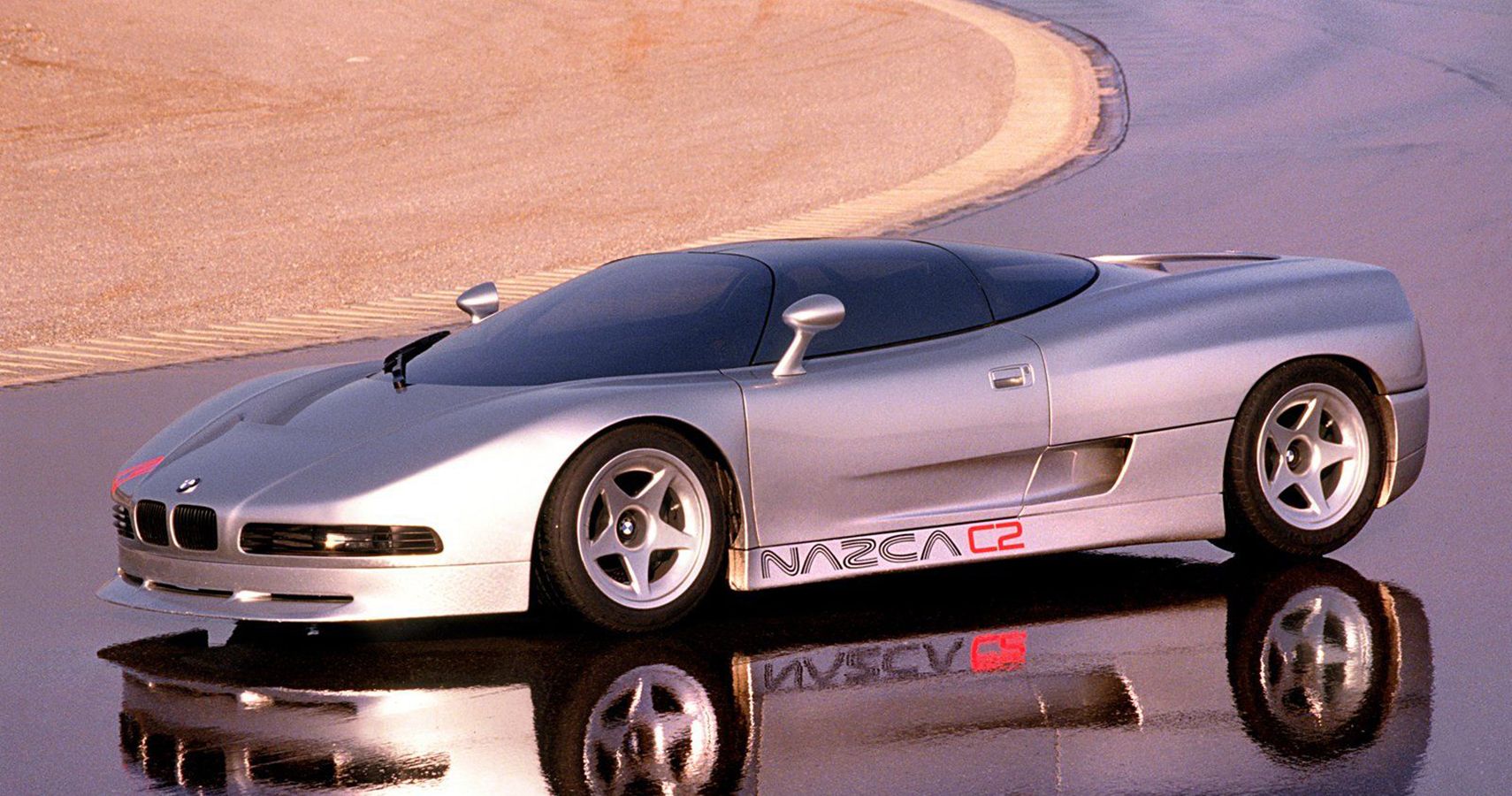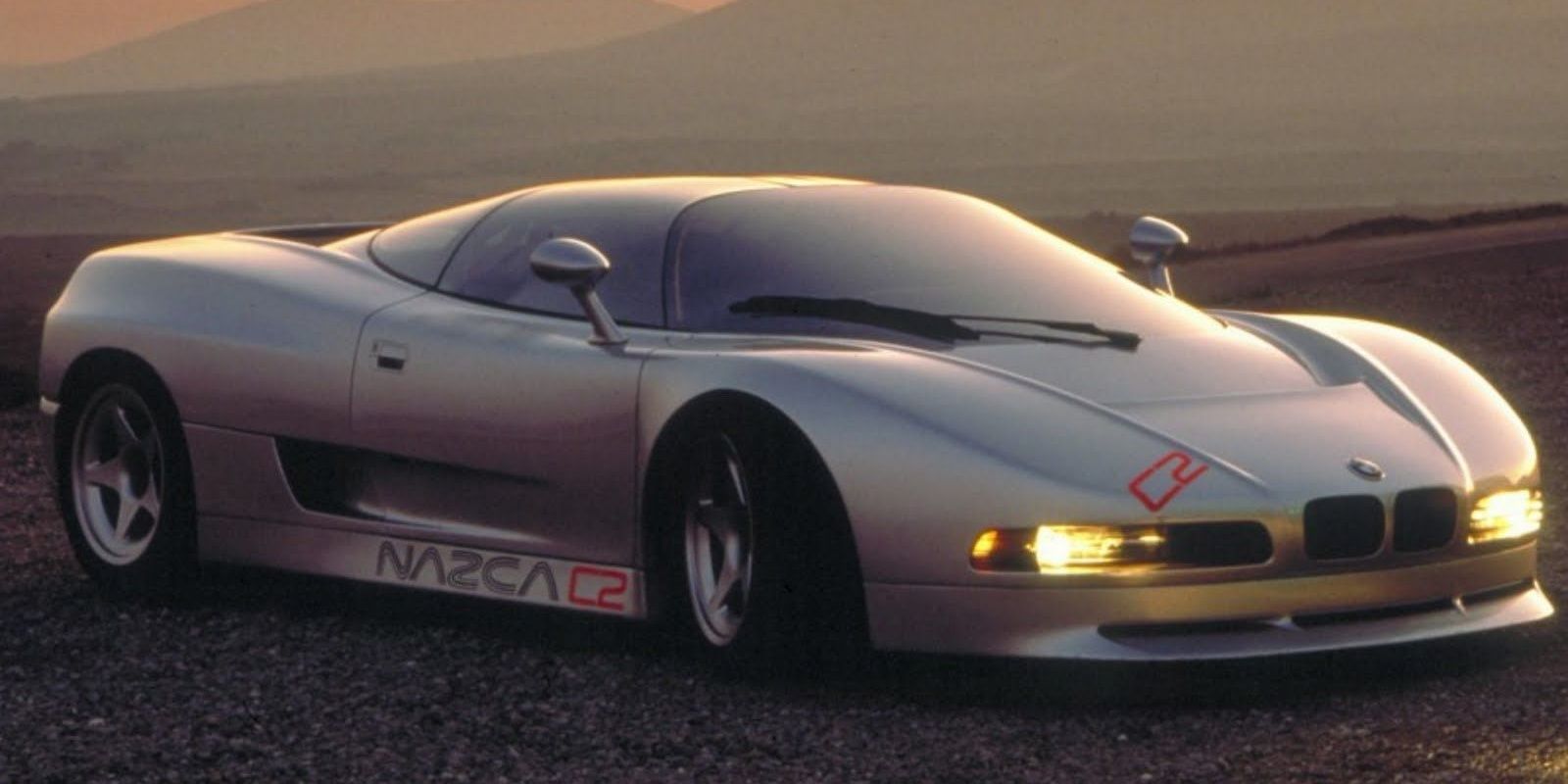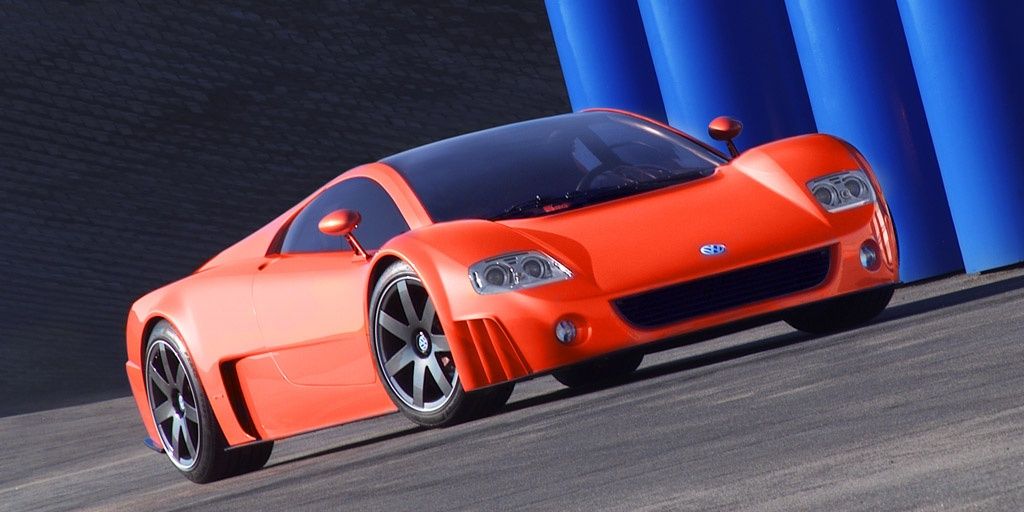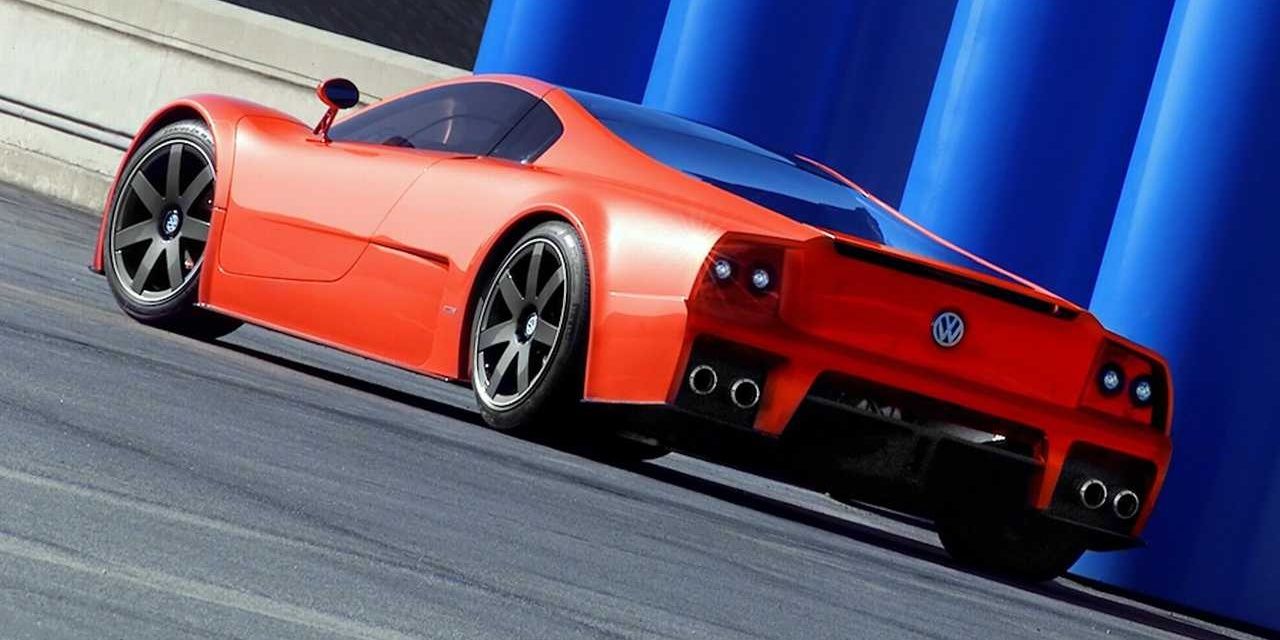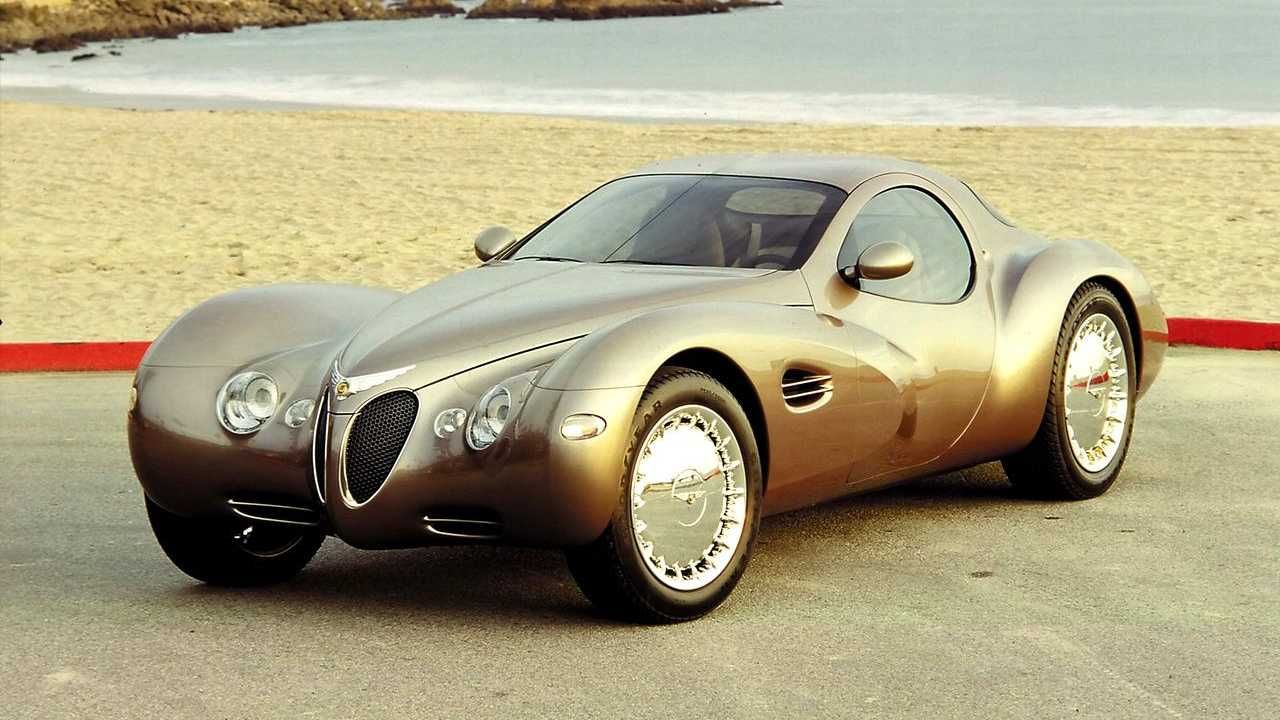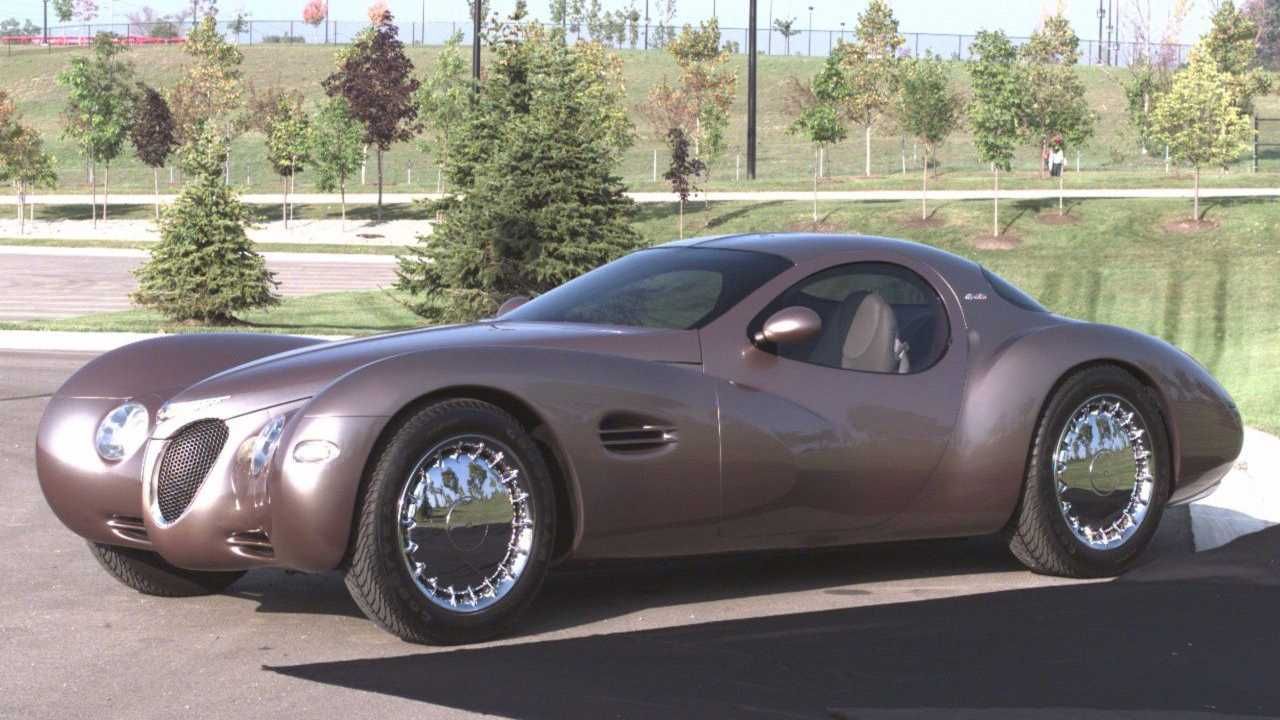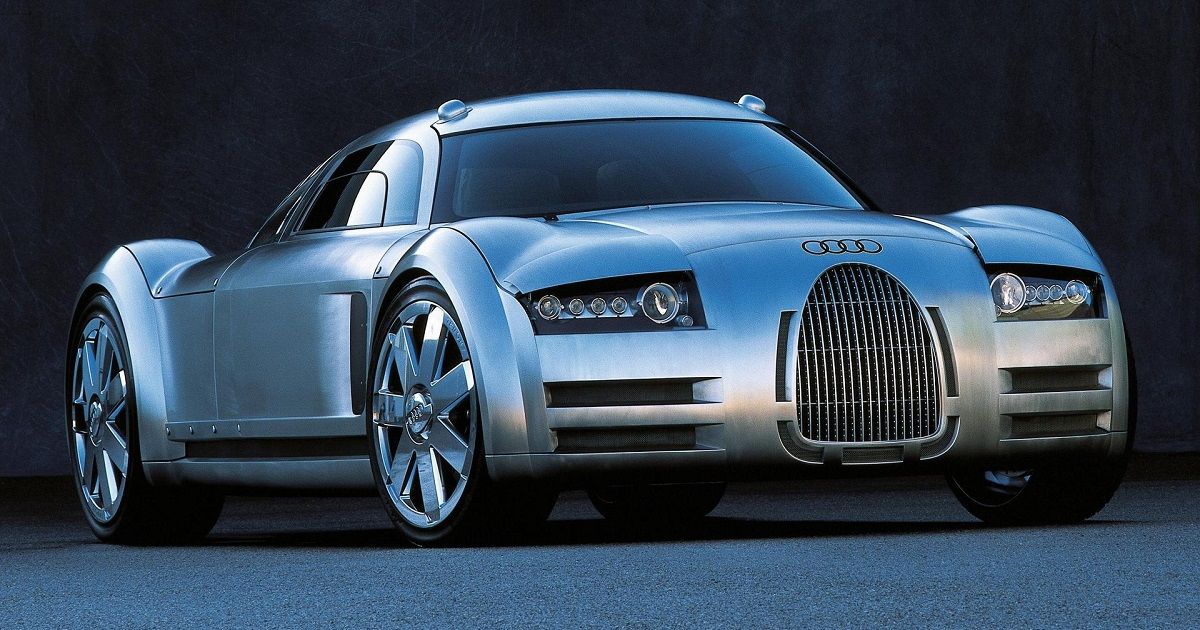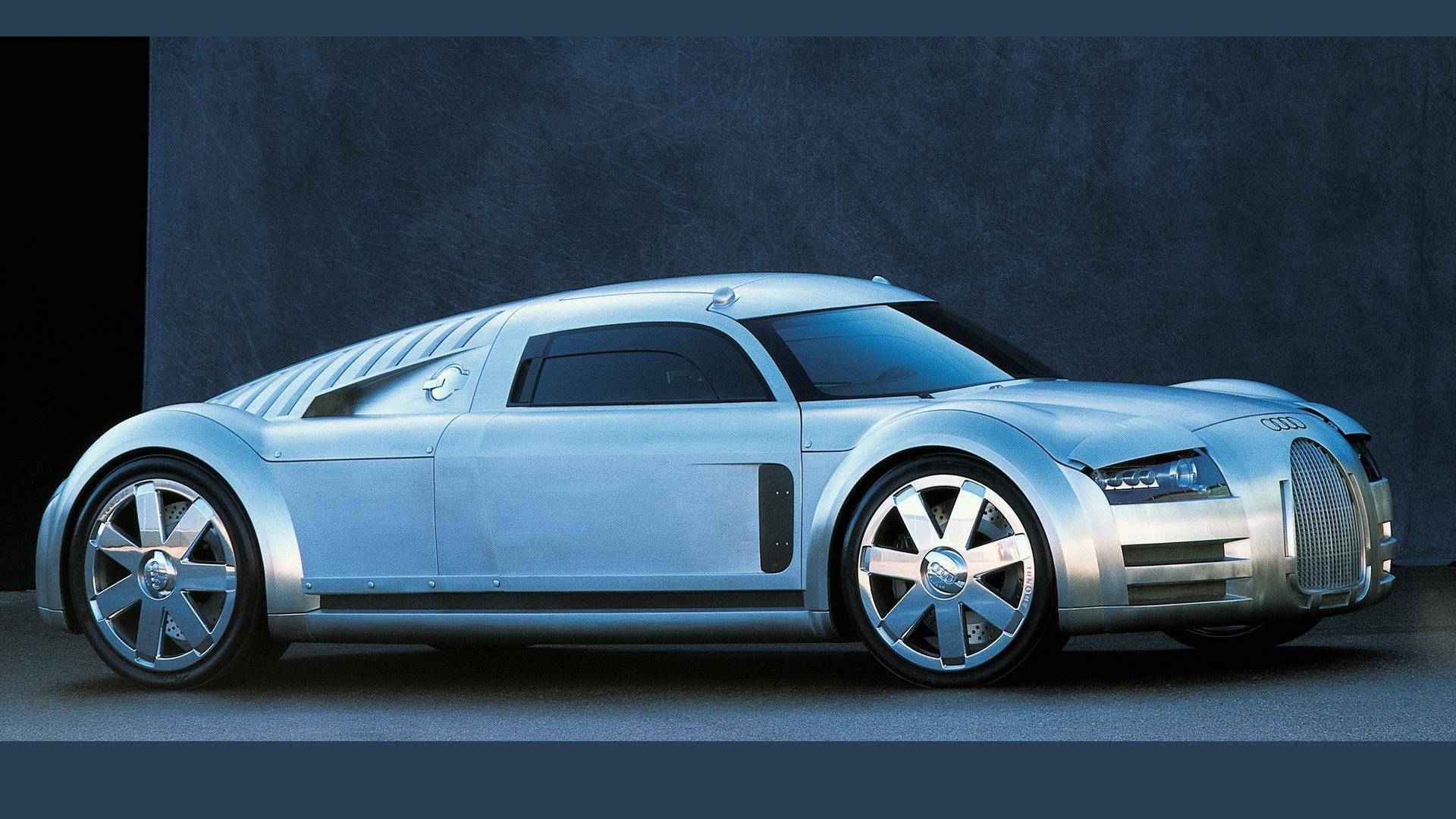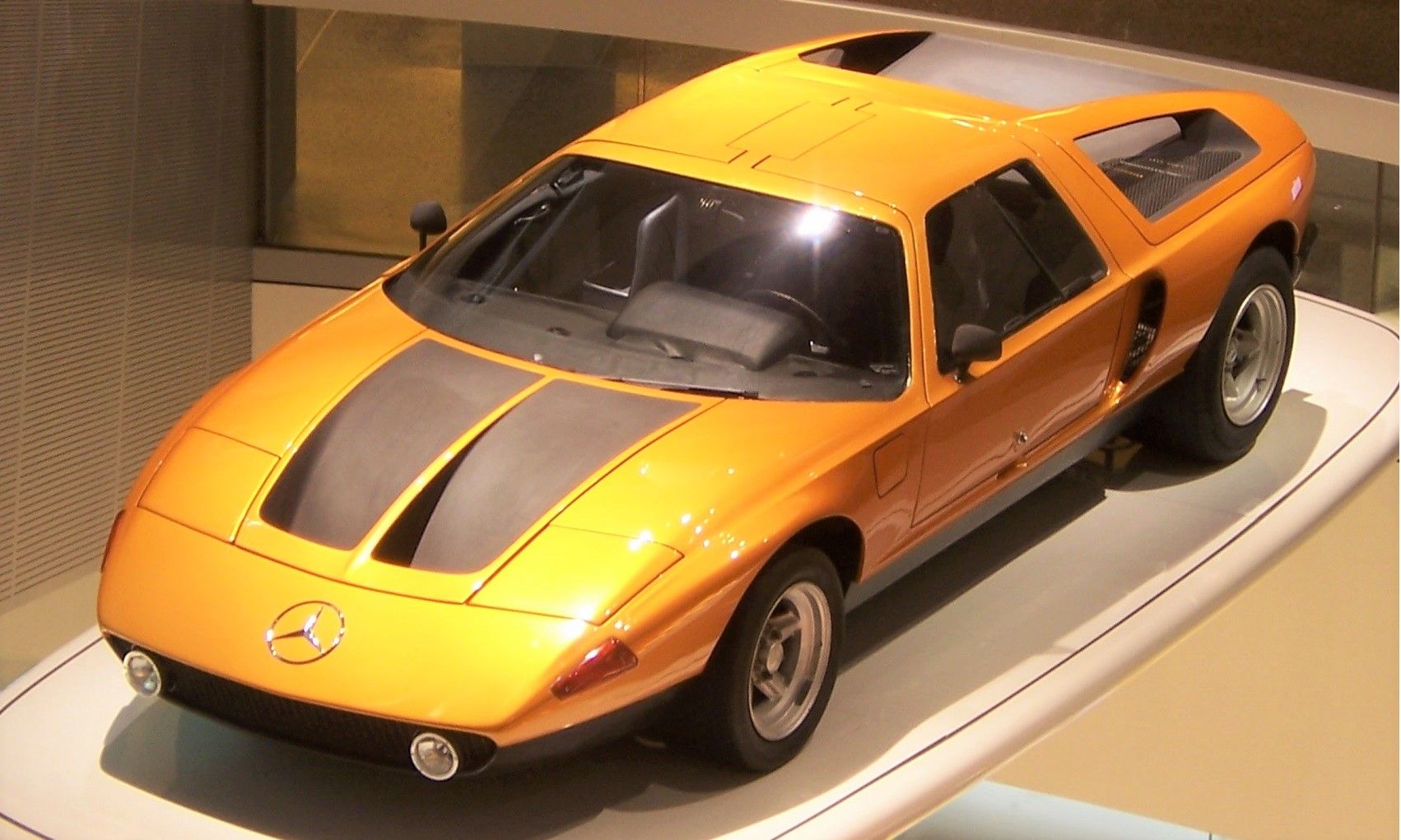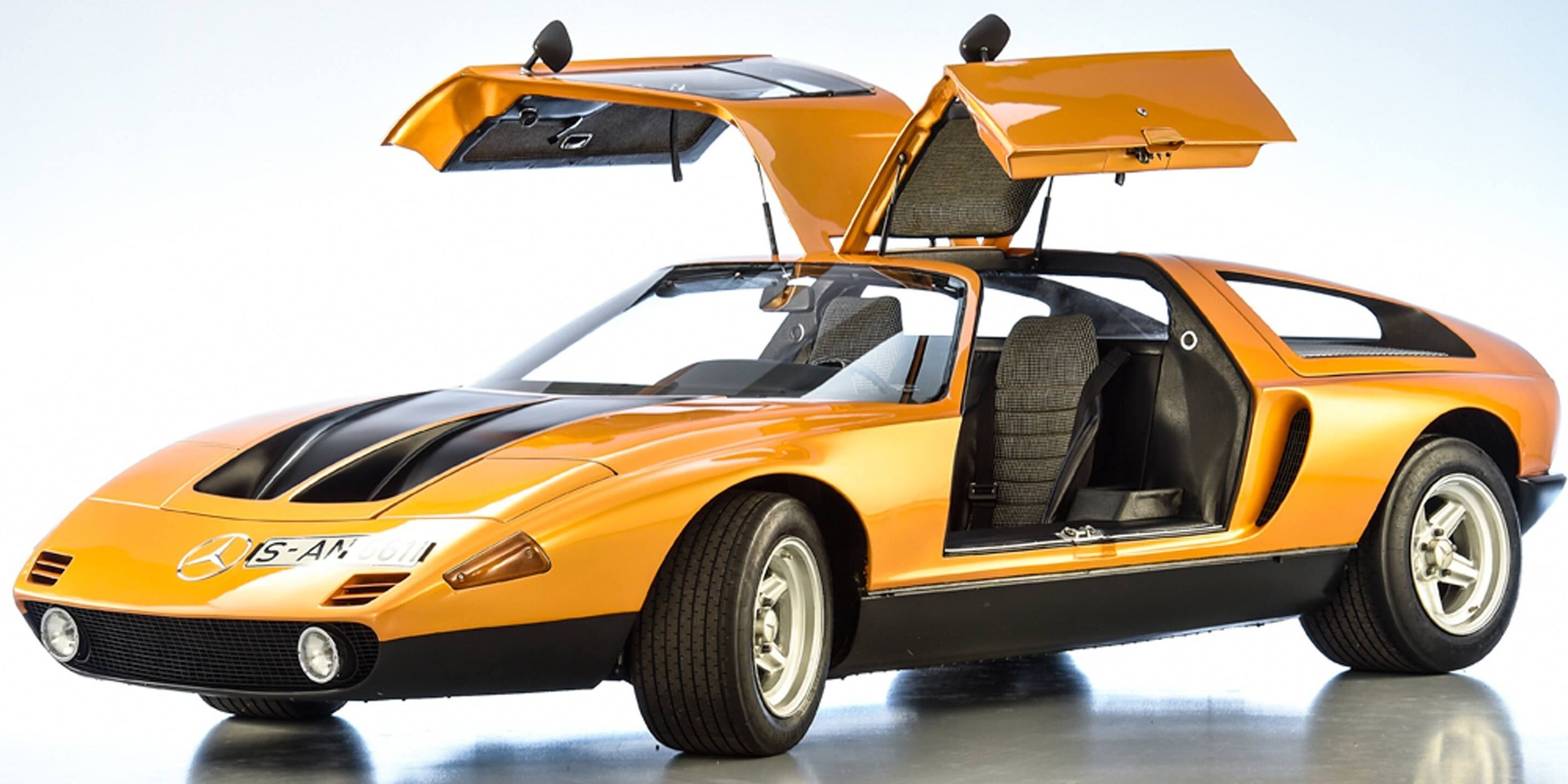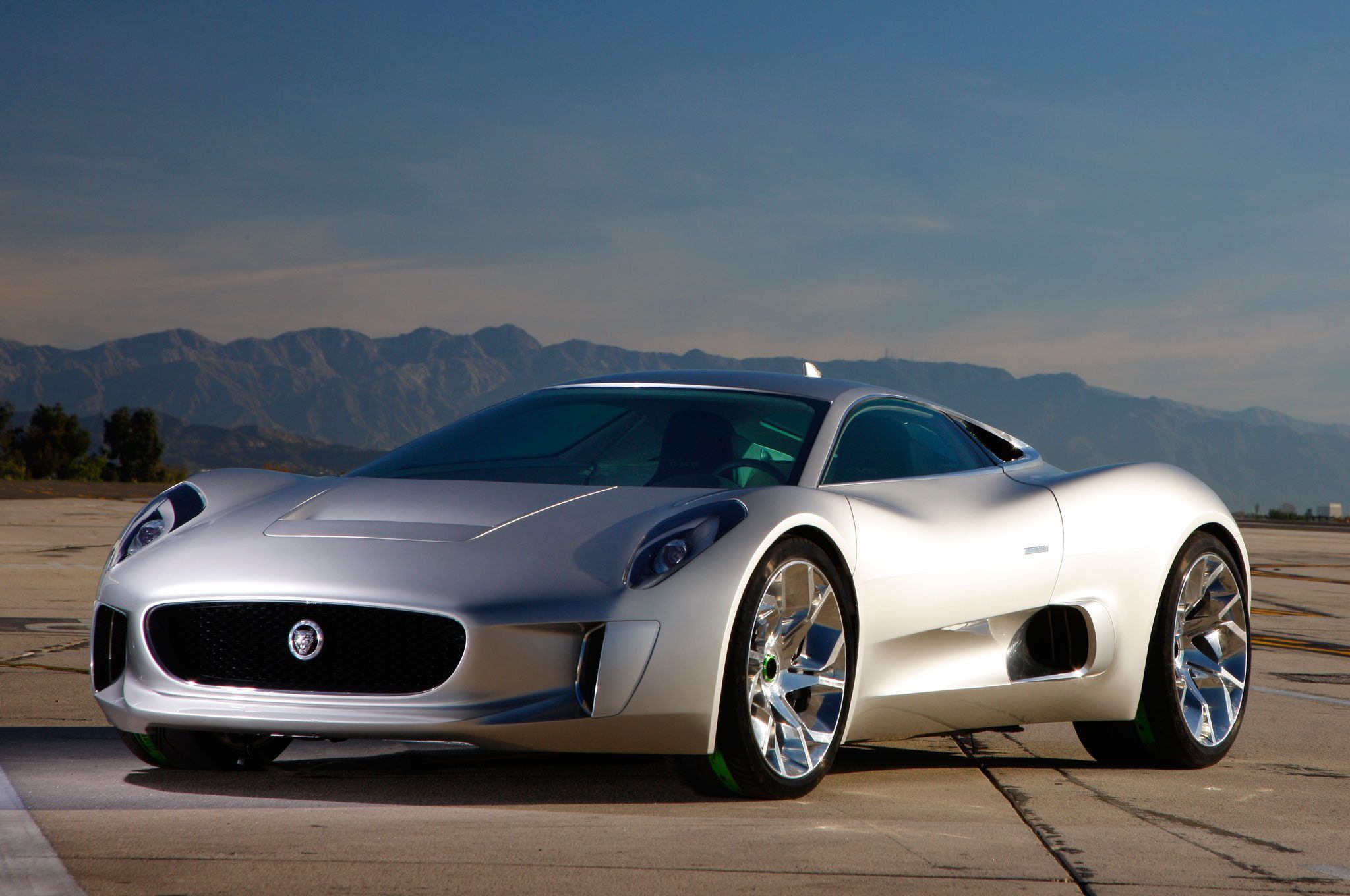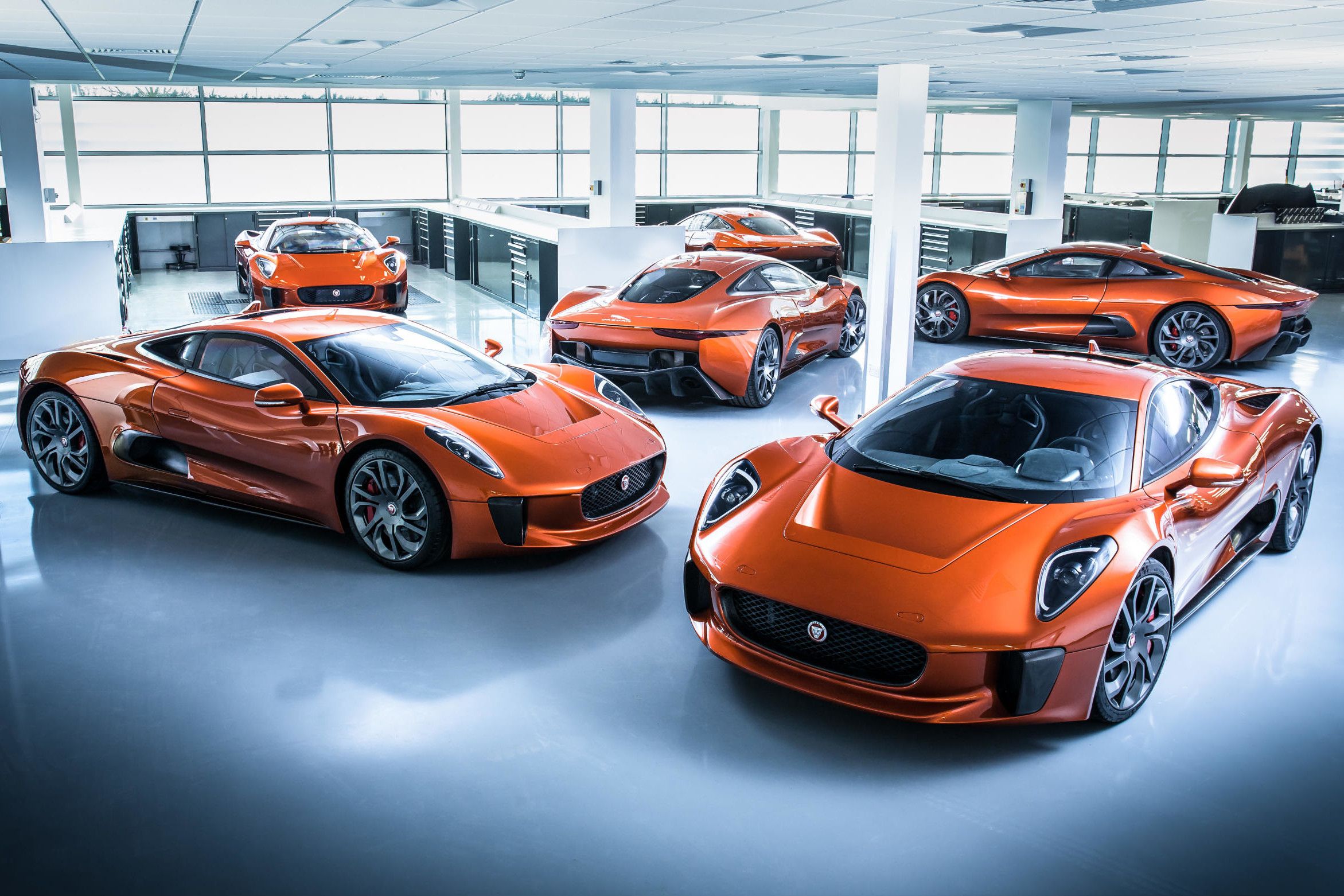Concept sports cars do not adhere to normal automotive regulations – or any regulations at all for that matter – so their designers can go mad with their imaginative creations. Most concept cars usually feature some kind of exciting feature that would never make it to production due to safety restrictions or simply because it may be a bit silly.
Originally, concepts were meant to show the automotive world what new versions of their upcoming models would look like. Whilst this was true for the most part, many automakers went completely mad with their cars in the 1960s and 1970s, adding fins, wings and turbines to their cars as a means to show what the future of motoring may look like.
Today, concept sports cars still follow many of these outlandish trends, but some of their design elements eventually make their way into production, with some vehicles even sharing most of their concept’s components. Here are 8 of the best concept sports cars showcased at auto shows which we never got to see in production.
8 Lamborghini Raptor Zagato
The Lamborghini Raptor was a special car designed by Zagato in 1996, and was set to be mass-produced as a filler car between the Diablo and Murciélago (then called the Canto). The Raptor Zagato was based on the Diablo AWD platform and featured the same 5.7-liter naturally aspirated V12, producing nearly 500 hp.
The Raptor was designed without the Diablo’s ABS or traction-control systems but made up for them with updated brakes. The Raptor utilized a lot of carbon fiber in its bodywork and construction, making up for the lack of safety systems. Unfortunately, the Raptor Zagato never made it to mass production, and only one prototype was ever produced.
7 Honda Sports EV Concept
The Honda Sports EV Concept was part of the Honda EV reveal during the 2017 International Motor Show in Germany, with the Sports EV Concept being shown a month later at the Tokyo Motor Show. The Honda Urban EV Concept eventually made it to mass production as the slightly less than retro-looking Honda e, however, the Sports EV Concept never saw the light of day.
The Sports EV Concept is a beautifully designed sports car, with many who commented that it looks like a futuristic version of the Toyota 2000GT. Unfortunately, the Sports EV Concept has thus far only remained a concept car.
6 BMW Nazca C2
The BMW Nazca C2 – also called the Italdesign Nazca C2 – was a concept car built between 1991 and 1993 as a spiritual successor to the original BMW M1. It was designed as a mid-engine supercar that utilized extensive use of carbon fiber in almost every aspect of the car, leading to an amazingly low weight of only 2,200 lbs.
The Nazca was fitted with a 5.0-liter naturally aspirated V12 producing 345 hp, however, the Nazca C2 Spider Concept was fitted with the 5.6-liter V12 from the BMW 850CSi, which produced 375 hp. Both cars were fitted with a manual transmission – a 5-speed for the C2 and a 6-speed for the C2 Spider – and were capable of 193 mph.
5 VW Nardo W12
The Nardo W12 was a reiteration of the existing VW W12 Syncro and W12 Roadster concept cars, both of which featured 5.6-liter W12 engines. The Nardo was a continuation of this concept but fitted with an uprated 6.0-liter W12, producing 591 hp and 458 lb-ft of torque.
The VW Nardo W12 was a concept supercar that so very nearly made it to full-scale production, but was ripped from the grasp of the onlooking public. The car had even done time at VW’s high-speed Nardo Ring, breaking the record for all speed classes with an incredible 24-hour distance of 4,809 miles at an average speed of 200.6 mph.
4 Chrysler Atlantic
The Chrysler Atlantic began life as a sketch on a napkin and took its inspiration from the legendary Bugatti Type-57 Atlantique of the 1930s – hence the name. It was powered by a 4.0L straight-8 engine made by bolting two 4-cylinder Dodge Neon engines together, producing around 360 horsepower.
The Atlantic caused quite a stir within the motoring world due to its striking, yet classic design. Unfortunately, the project was canceled as Chrysler deemed it too expensive for mass production. The car still makes appearances at auto shows and automotive museums.
3 Audi Rosemeyer
The Audi Rosemeyer was a concept car built by the VW Group, which was first shown off in 2000. It was designed to look like a modern take on the ‘Silver Arrows’ race cars from the 1930s. It used a large-displacement 8.0-liter W16 engine which developed 700 hp. Despite many potential buyers showing interest, the Rosemeyer was never put into production.
Even though Audi created the Le Mans Concept, many have kindled the Audi R8 as the spiritual production successor to the Rosemeyer, whilst others lean towards the Bugatti Veyron as it shared much of the design and engineering with the Rosemeyer. Regardless, the Audi Rosemeyer is one of the most striking concept cars in existence.
2 Mercedes-Benz C111
The Mercedes-Benz C111 was a series of concept cars and prototypes built by Mercedes in the 1960s and 1970s. Most C111s featured a 2.4-liter quad-rotor Wankel engine, which produced 345 hp and 289 lb-ft of torque. After not putting them in production, the C111 chassis and body were used as testbeds for Mercedes engines, including the OM617 turbodiesel straight-5, which broke 9 diesel and gasoline speed records.
The C111 was also fitted with an experimental 4.8-liter turbocharged V8 which never made it to production. However, the car and engine combination achieved a Nardo Ring lap speed of 250.9 mph in a time of 1:56.67 in 1979. The C111 paved the way for the V12-powered C112, which, after receiving over 700 customer deposits, was canceled.
1 Jaguar C-X75
Another car that so very nearly made it to production was the Jaguar C-X75. Built by the British marque as a 75th anniversary present to itself, the first concept was powered by twin diesel turbine engines – like Jay Leno’s EcoJet Concept Car. The C-X75 was just a concept at first, but it proved so popular that Jaguar was forced to create a production-ready version.
This version replaced the turbines with a 1.6-liter twin-charged 4-cylinder engine and four electric motors, resulting in a combined power output of 890 hp for the prototypes compared to the concept’s 770 hp. Unfortunately, Jaguar scrapped the whole project thanks to the 2012 economic crisis. On a good note, the C-X75 was featured in the James Bond movie Spectre as one of the henchmen’s cars during a chase scene in Rome. This version of the C-X75 was fitted with the supercharged 5.0-liter V8 from the XK-R. So close, yet so far.

